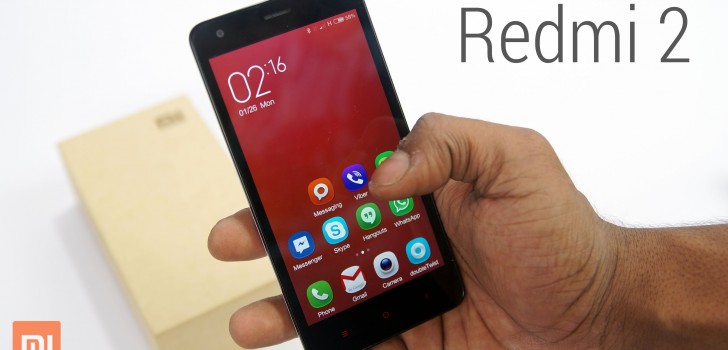Chinese smartphone juggernaut Xiaomi is looking to cut costs as it plans to open a manufacturing center in India together with Taiwan’s Foxconn. The move is aligned with Indian Prime Minister Narendra Modi’s desire to turn his country into the world’s manufacturing hub and illustrates high rising labor costs are driving manufacturers away from China. A lack of reliable suppliers and infrastructure previously prevented the move, but a new assembly line in the state of Andhra Pradesh will begin producing Xiaomi’s first “Made in India” smartphone, the Redmi2 Prime.
Xiaomi entered the Indian smartphone market in July 2014, and it soon became the company’s second-largest market. As of the second quarter of 2015, Xiaomi ranks seventh in deliveries of smartphones to the Indian market, which is currently dominated by Samsung.
The move to India will afford Xiaomi with tax benefits, as well as decreasing lead times from four weeks down to less than two weeks. According to Manu Jain, leader of Xiaomi’s Indian division, all phones sold in India will eventually be made in India. Xiaomi did not choose to disclose the size of their investment into the manufacturing center and were also undecided on whether the plant would produce products for export.
Foxconn’s deal with Xiaomi has allowed them to re-enter the Indian market following closure of its operations there when Nokia ceased making phones due to tax disputes. Manufacturers tempted to come to India have in the past hesitated due to the complicated tax regime, and companies such as Nokia, Vodafone, and Cadbury are currently involved in tax disputes amounting to billions of dollars. Prime Minister Modi has made a commitment to a friendlier tax regime as he pursues his “Make in India” strategy.
The recent move by Xiaomi comes after India moved to increase taxes on imported smartphones to 12.5% from 6%. Foxconn has been shaky in the past on following through with promised investments, however. In 2011, the company agreed to a $12 billion investment in Brazil that eventually shrank to a fraction of its original amount. This may explain why the recent news did not specify any numbers on the total investment that would be made.
Stay Connected